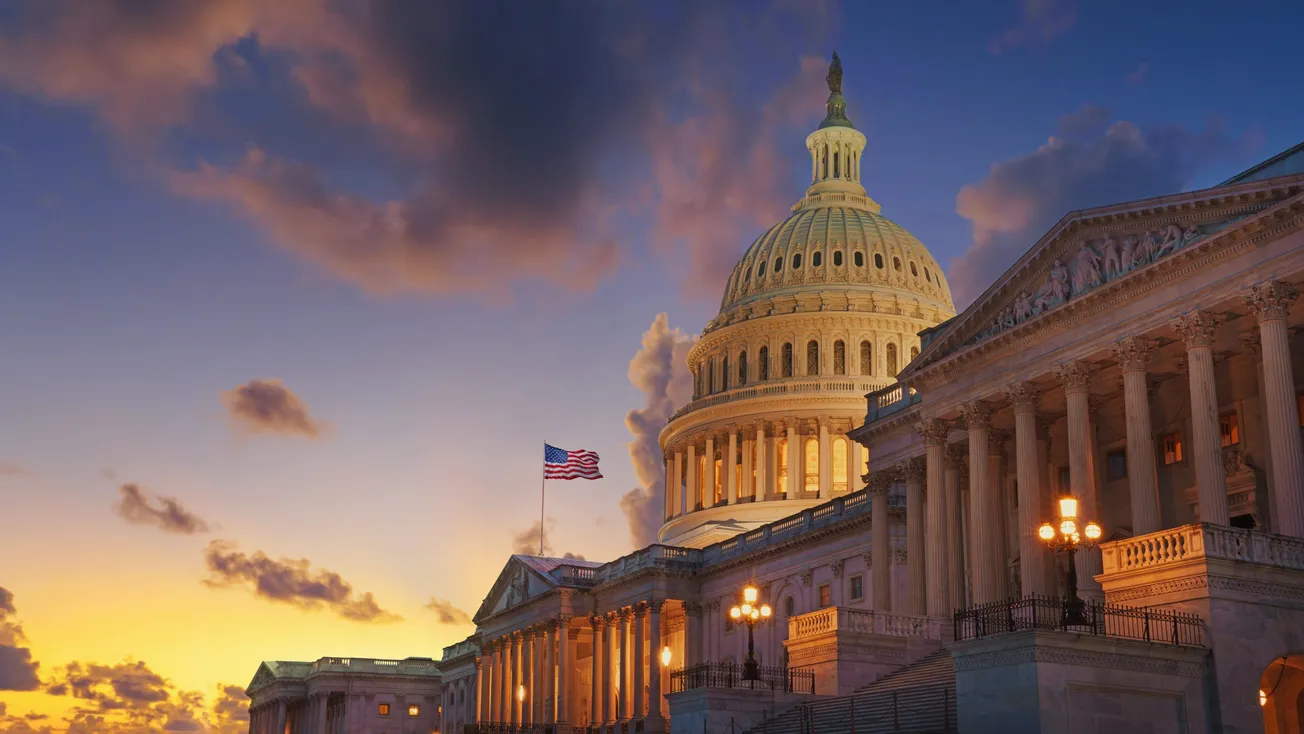Table of Contents
This is another installation in a series of articles about the future of money.
The U.S. dollar is the greatest asset in the world; it is time the rest of the world gained unfettered, programmable access to it.
Dollar‑denominated stablecoins, blockchain tokens fully backed by short‑term Treasuries and pegged to the U.S. dollar, already provide this access at internet speed. Their adoption curve now resembles the early web: the aggregate market capitalization of stablecoins like USDT and USDC has climbed for nineteen consecutive months to roughly $238 billion, an all‑time high, while annual on‑chain settlement reached $27.6 trillion in 2024.
Average weekly throughput in 2025 is now runs above $520 billion. Stablecoins have therefore surpassed the combined payment volume of Visa and Mastercard, and move more value every week than PayPal.
For households in inflation‑scarred economies, this value proposition is even more pronounced. Argentines and Nigerians, facing triple‑digit and double‑digit inflation, respectively, have embraced USDT and USDC because they hold value and clear instantly, creating the first accessible trustworthy savings vehicle for many citizens.
Meanwhile, the collateral backing those tokens is flowing into Treasury auctions. Tether alone now holds about $98.5 billion in short‑term bills, placing a single stablecoin trust among the world’s top sovereign creditors.
But clarity, not merely enthusiasm, is required to capture these gains. That is Congress must pass the bipartisan Guiding and Establishing National Innovation in U.S. Stablecoins (GENIUS) Act.
The GENIUS Act does three things no existing patchwork of state money‑transmitter rules can accomplish. First, it creates a definition of a “payment stablecoin,” requiring explicit 1‑to‑1 backing in cash or Treasury bills. Second, it creates a dual‑track supervisory regime: issuers above $10 billion in liabilities may opt for direct Federal Reserve oversight, while smaller startups may continue under state regimes, preserving the sandbox that allowed for today’s innovations. Third, it extends Bank‑Secrecy‑Act compliance, bankruptcy‑priority rules for token holders, and explicit resolution mechanics that protect consumers without eliminating competition. In effect, the bill offers light‑touch supervision, exactly the approach that allowed fintech banking charters to flourish a decade ago.
Senator Bill Hagerty, who introduced the bill alongside Senators Scott, Gillibrand, and Lummis, captured this strategic significance during a recent interview: “Stablecoin issuers will be the largest holders of U.S. Treasuries in the world.” That demand could not come at a more opportune moment, as traditional foreign buyers pare their positions and U.S. deficits widen.
Former House Speaker Paul Ryan, writing in the Wall Street Journal, argued that channeling global savings into properly regulated, dollar‑backed stablecoins “could stave off a U.S. debt crisis” by deepening natural demand for federal paper and locking in the dollar’s reserve‑currency primacy as Beijing promotes its surveillance‑oriented digital yuan.
Regulatory delay already carries tangible costs. Europe’s MiCA framework is in force, Singapore’s Payment Services Act is quite friendly to stablecoins. Each month of congressional inaction nudges new issuers, engineering teams, and ultimately Treasury demand toward foreign hubs.
Codifying a clear, U.S.‑centric framework through the GENIUS Act arrests that drift, anchors the dollar deeper into the internet’s economic layer, and lets American law export itself with every tokenized dollar.
In sum, stablecoins are no longer a speculative corner of crypto: they are a rapidly maturing settlement technology that already reinforces U.S. monetary power. They widen consumer choice, slash remittance and FX costs, and, critically, insert a permanent bid for U.S. public debt.
The GENIUS Act is the legislative ratchet that locks those advantages and allows the U.S. dollar to grow as the world’s reserve currency. Clearly, it is within the national interest to support a framework for stablecoins. The bipartisan cosponsors of the GENIUS Act recognize this. Congress must seize the moment, pass the bill, and allow the digital dollar to extend American influence at the speed of software.





